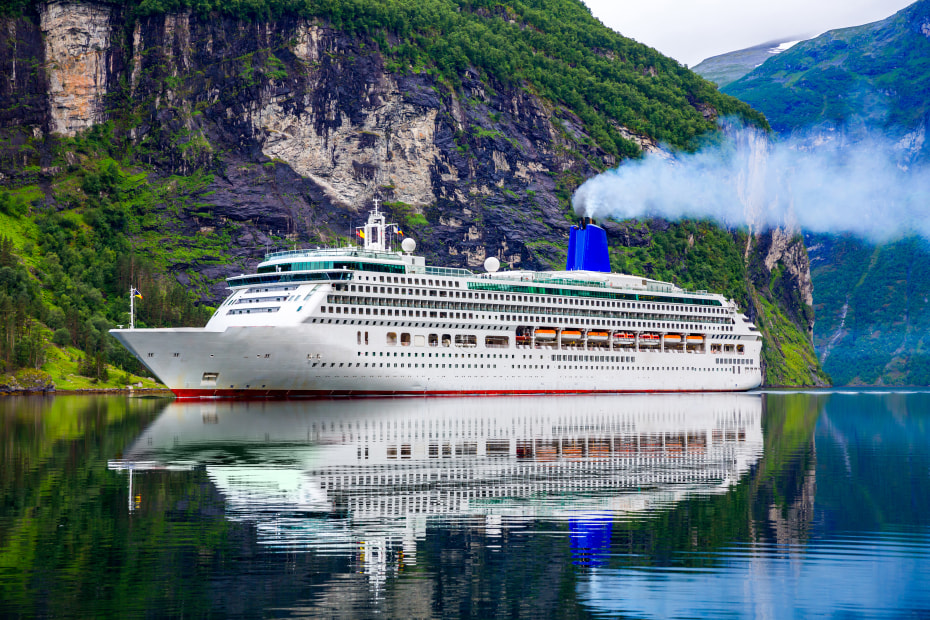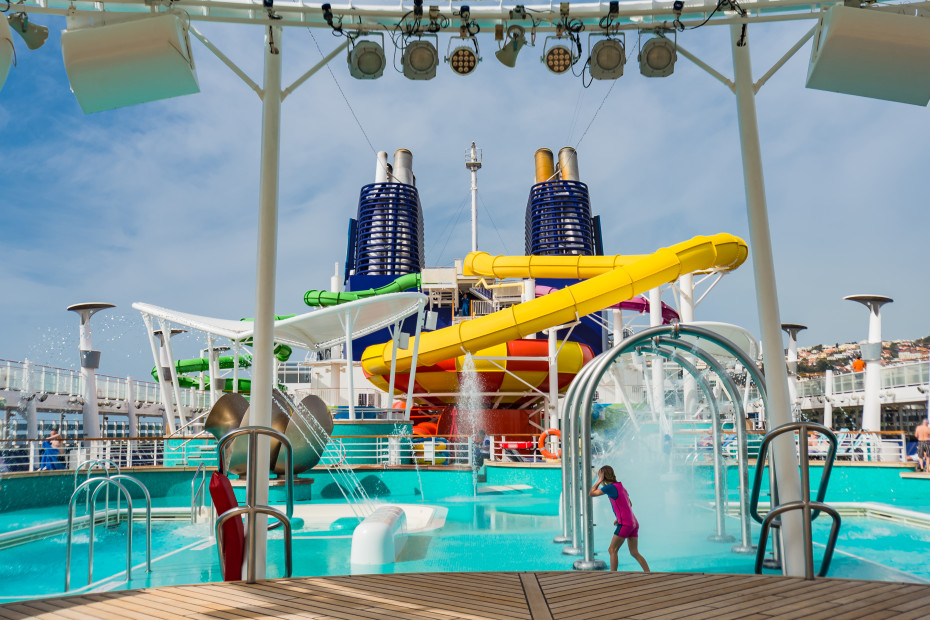If you’re considering taking your first cruise, chances are you have some questions —and almost certainly some doubts. That’s not surprising, since few types of travel have given rise to as many myths and misunderstandings as cruising. So here’s a reality check when it comes to these six common cruise myths.
1. Only retirees and older adults take cruises.
This may have been closer to the truth once upon a time, but today Gen Z-ers and Millennials are taking to the water in droves, drawn by programming, themes, and itineraries targeted to those in their 20s and 30s. Want to take a wine-themed river cruise, go on a hardcore adventure trek, join an LGBTQ+ trip, or dance the days away at a floating music festival? You’ll find all these options and more thanks to the rise in expedition, small ship, and specialty themed cruising.
When choosing a cruise based on age, look at the types of entertainment and activities offered as well as the itinerary, says Ronna Lacy, a Las Vegas-based AAA Travel Advisor. “If you’re on one of the smaller, more elegant cruise ships, you might have a pianist playing classical music, while the bigger ships have discos, Broadway shows, and even Cirque du Soleil-style performances.” Not surprisingly, younger people tend to choose shorter and less expensive cruises, so that three-week trip to Australia is likely to skew older than a five-day Caribbean sailing. Larger ships are also popular with the younger set thanks to the greater variety of attractions that can be packed onboard.

2. I’ll be bored during days at sea.
This fear will vanish the first time you see an activity schedule packed with everything from cooking, wine tasting, and mixology to art, music, and sports. “You can take a surfing lesson, go ice skating, play games by the pool, or it’s a great time to go to the spa,” Lacy says. Evenings might feature a movie outside by the pool with hot chocolate or stargazing guided by astronomers.
Some itineraries are learning experiences as well. “If you’re going to Alaska, Antarctica, or the Galapagos, you’re going to have scientists helping you spot the animals and telling you about the environment, and in Egypt you’re going to learn about the history and culture,” Lacy says. Still worried about being bored at sea? “We have itineraries that are much more port-intensive, so just choose one of those with fewer sea days,” Lacy says.
3. It’s hard to be active on a cruise.
This is Lacy’s favorite myth to debunk because it’s just so ludicrous, she says. “I have been on a cruise ship where the back of the ship drops down and out comes your waterski boat or dive boat, and I just took one where I was snorkeling with penguins. The bigger ships even have zip lining and race cars on top.” From rock climbing walls to PADI dive certification, there’s just no end to the physical activities available on today’s cruises, and that doesn’t even count the multiple pools, gyms, and dance, yoga, and fitness classes standard on all ships.

4. Cruising is challenging with kids.
This misconception is fast disappearing with the boom in family-oriented cruising, with trips designed to entertain parents and kids of all ages. “They have kids clubs with different age groups so your child will make friends, and pools with so many slides it’s like a water park,” Lacy says. “There’s plenty for teens, too: arcades, technology centers, and nighttime events such as pizza parties with music.”
If your concern is the opposite, that too many kids will disturb your peace and tranquility, cruise companies also have you in mind. “Even the most popular family brands such as Disney have an adults-only section of the ship with restaurants and pools that don’t allow kids,” Lacy says.
5. I can’t go on a cruise alone.
Solo travel is on the rise, and cruising is right on board, with newer ships adding single staterooms and some river cruise companies waiving the dreaded “single supplement,” a surcharge added to the fare of a solo passenger staying in a room intended for more than one person, for certain sailings. “As for being lonely, the very first day they usually have a single meet-up so you can get to know others who are traveling by themselves,” Lacy says. You can also sign up online to connect with fellow cruisers before the trip.

6. I’m not going to like the food.
“Dining is one of the easiest topics to myth-bust, because people think it’s all buffets or that they’re going to have to wait in line, but it’s not like that anymore,” says Lacy, explaining that today’s ships feature vastly expanded dining facilities. “In addition to the buffets, there are all the specialty restaurants like steakhouses, sushi, and French.” While these typically come at extra charge, most packages include some amount of onboard credit, and some of the smaller ships include all dining options in the base fee. Menus feature vegetarian, vegan, and gluten-free options, and chefs are happy to prepare special orders with advance notice. Night owls will find pizza parlors and pubs open late, and room service is available at all hours.
And no worries about missing out on local cuisine. “On sea days there are opportunities to do tastings or take cooking classes, or you can take a shore excursion that has a food tour or a meal,” Lacy says.
